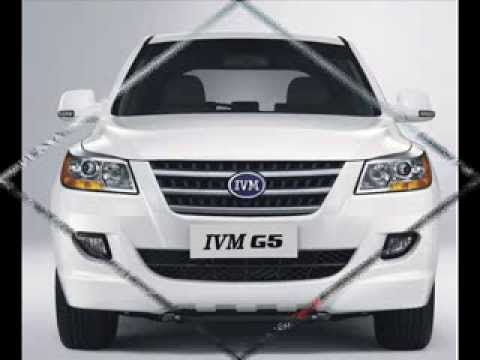A look back at Nigeria’s ambitious car assembly dreams, why they stalled, and how we can finally get into gear.
In the 1970s, Nigeria wasn’t just dreaming of oil riches—it was dreaming of wheels. Big, bold wheels made right here on home soil. With government backing, international partnerships, and high hopes, the country launched its first car plants. It was the dawn of an auto revolution.
But fast forward a few decades, and those dreams mostly rusted away. What happened to Nigeria’s car factories? Why did plants like Peugeot Automobile Nigeria (PAN) and Volkswagen Nigeria struggle? And can the likes of Innoson Vehicle Manufacturing (IVM) avoid the same fate?
Let’s pop the hood on Nigeria’s automotive industry and see what went wrong—and what could still go right.
The Big Start: Peugeot & Volkswagen Arrive (1970s–80s)
Peugeot Automobile Nigeria (PAN) – Kaduna
Established in 1975 through a joint venture with the Nigerian government and Peugeot France, PAN was once Nigeria’s pride. Cars like the Peugeot 504 and 505 became national icons, known for surviving Nigerian roads with grace and grit.
Volkswagen Nigeria – Lagos
Volkswagen of Nigeria, based in Lagos, was launched in 1975 too, with the aim of assembling the globally popular Beetle, Golf, and Transporter vans.
These plants were more than factories. They represented industrial independence—a path to reducing imports, creating jobs, and turning Nigeria into Africa’s Detroit.
What Went Wrong?
Despite early promise, the auto dream began to stall. Here’s why:
1. Overdependence on Imports
-
The plants were assemblers, not manufacturers.
-
Almost all parts came from abroad—engines, transmissions, even nuts and bolts.
-
So when the naira weakened or import delays happened, production shut down.
2. Policy Flip-Flops
-
One year, government would promise support. The next, import duties would change.
-
No stable auto policy meant no long-term investment.
-
Poor enforcement also meant used (Tokunbo) cars flooded the market—cheaper, easier to get, and needing no assembly.
3. Fuelled by Oil, Not Innovation
-
During oil booms, the government had money but didn’t invest enough in technical education or local parts industries.
-
When oil prices dropped, budgets crashed—and so did support for local auto projects.
4. Infrastructure Problems
-
Poor roads, unreliable power supply, and ports choked by bureaucracy made logistics a nightmare.
-
Moving parts from port to plant could take longer than shipping them from Europe.
5. No Real Nigerian Supply Chain
-
Without steel plants, plastics, rubber, electronics, or fabric industries tied to autos, everything had to be imported.
-
Imagine building a car and importing 95% of the ingredients—that’s what they were up against.
Enter Innoson: A Different Model?
Fast forward to the 2000s: enter Innoson Vehicle Manufacturing (IVM), based in Umudim, Anambra State. Innoson claims it produces cars with up to 60–70% local content—from seats to plastic parts.
What Innoson does differently:
-
Designs vehicles for African conditions.
-
Builds motorcycles, mini-buses, and budget-friendly sedans.
-
Supplies to the Nigerian military, police, and local governments.
But Innoson still faces:
-
Skepticism from consumers.
-
Limited distribution and after-sales service.
-
The same old issues: power supply, policy instability, and stiff competition from imported Tokunbo cars.
What Can We Learn from All This?
1. Local Content is Key
Nigeria needs to develop industries that supply car plants—rubber, steel, plastics, glass—otherwise we’re just assembling imported kits forever.
2. Policy Stability is Essential
You can’t build a long-term business when the rules change every election cycle. The auto policy must be clear, enforced, and protected from corruption.
3. Affordable Doesn’t Mean Cheap
Locally made cars must match the value offered by used imports—reliability, parts availability, and price. People won’t “buy Nigerian” just because of patriotism—it has to make sense financially.
4. Invest in Skills
Train welders, designers, engineers, and factory workers. No auto industry survives without skilled local hands.
5. Infrastructure is Everything
You can’t run a world-class factory on diesel generators and unpaved roads. Logistics must improve if local production is to thrive.
We Can Still Get This Right
Nigeria once had car plants that could’ve transformed the economy. And while the early efforts stalled, they weren’t total failures—they were lessons in motion. If we apply what we’ve learned, support companies like Innoson, and build a true ecosystem, the dream of a thriving Nigerian auto industry isn’t dead.
It just needs a jumpstart.
